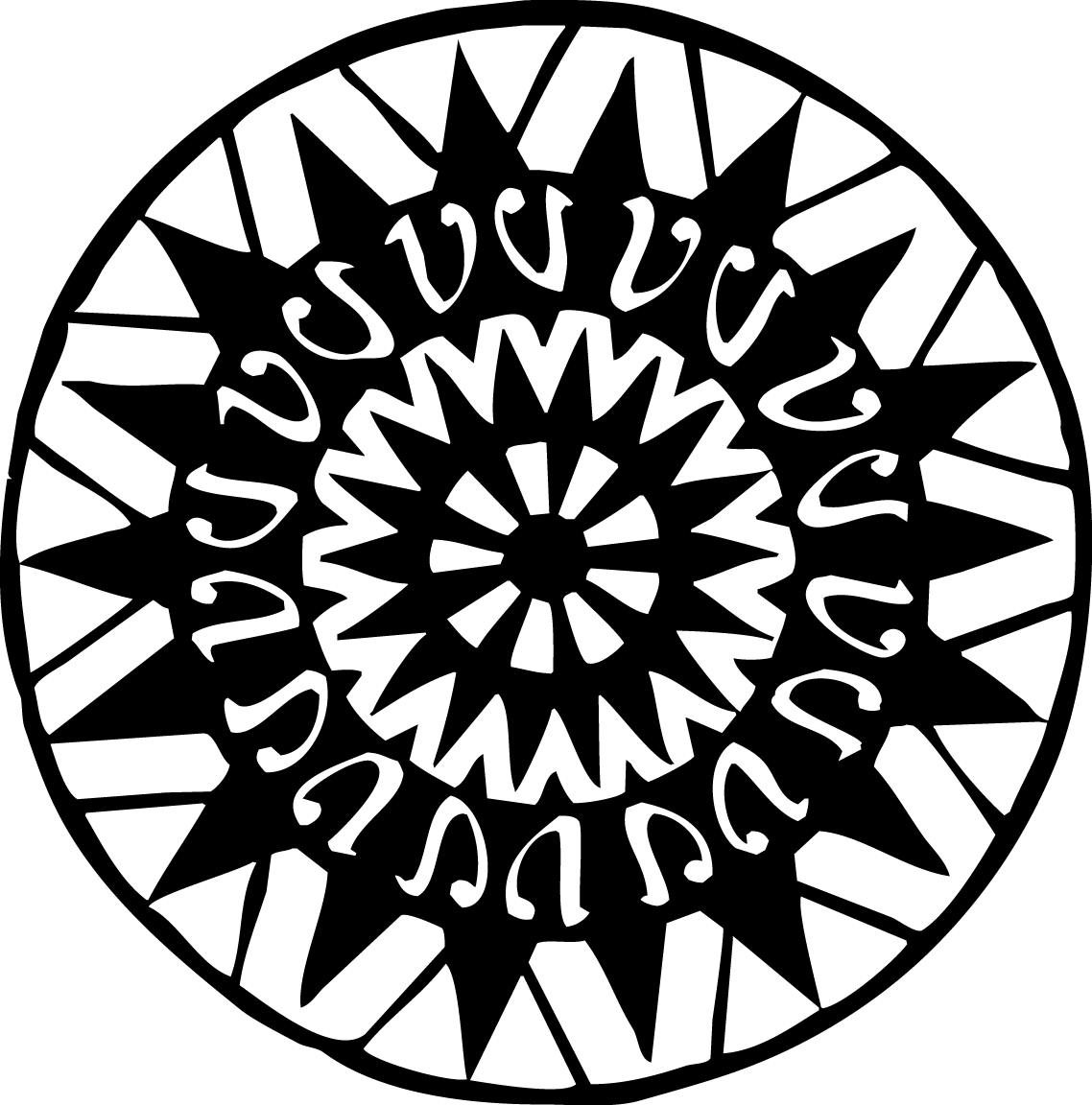This week the New York Times published an incredibly interesting way to look at chronic conditions and where they overlap in the elderly. I recommend you give it a quick read. Go ahead and read it. Once you do, I'd like to walk you through something.
What'd you think? It's pretty interesting, right? Seeing the Venn diagram of how everything overlaps. My question is: Why are they linking everything back to assisted living facilities? I'd be pretty fired up if I was an assisted living facility.
Let's take a look at what they said:
"More than 700,000 people live in assisted living centers, where they get help with daily activities like bathing and dressing. Most of the residents have multiple chronic health conditions."
This sounds like a pretty factual definition of assisted living.
"Alzheimer's, high blood pressure and heart disease are the three most common chronic conditions in assisted living facilities: 82 percent of residents have at least one of them."
Right, they are common in the age group. Not because these individuals live in assisted living facilities.
"There are more than 733,000 people in American assisted living facilities. People move there when they, or their families, decide they need help with daily activities, like dressing, but don’t need the fuller medical services of a nursing home.
Right, they live in assisted living. That is because they need help with daily activities, sometimes because of medical reasons. Right.
"Forty-two percent of assisted living residents had dementia."
As I was reading the article I kept thinking, why do they keep tying this back to assisted living? These ailments are common in the age group. Not because of assisted living.
The ailments they are talking about are things like Alzheimer's/dementia, high blood pressure, heart disease, depression, diabetes, arthritis and C.O.P.D. The way they keep tying everything back to assisted living facilities it seems like they are tying assisted living facilities to the causation of these ailments.
What I really think they are trying to show is our elderly population needs more medical help than we realize. Has our perception of an assisted living facility changed so much over the years that the term is no longer accurate? Is the New York Times making the case that assisted living is really a nursing home lite?
I'd be more interested in this study if they talked about the reason WHY someone decided to move to an assisted living facility, not what they have when they are there.
What are your thoughts?

